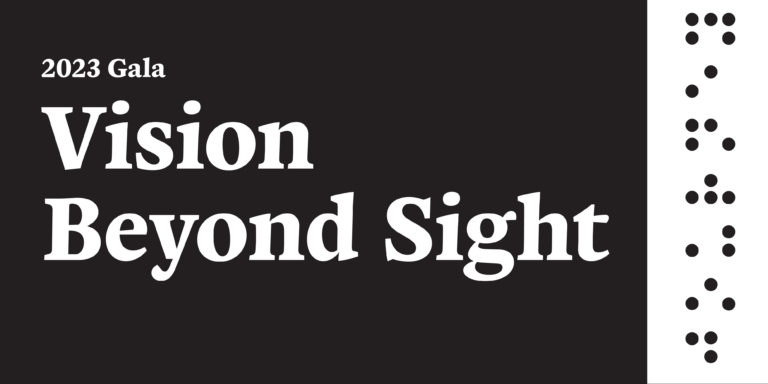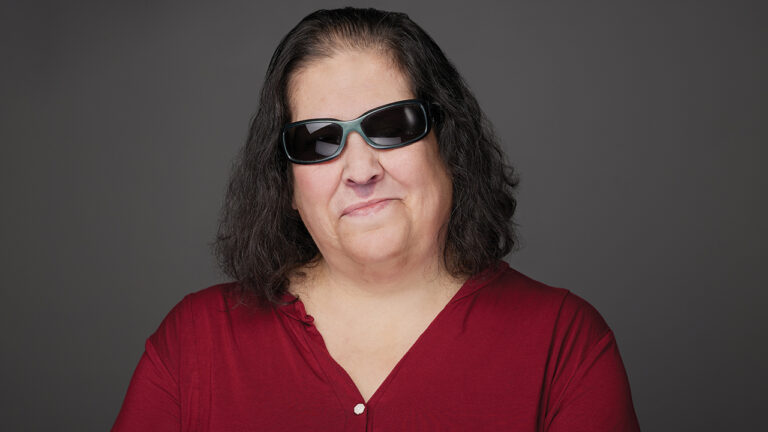June 26 kicks off Helen Keller Deaf-Blind Awareness Week. This year’s focus is Diversity and Inclusion: Creativity and innovation are built upon diverse perspectives. Throughout June, many groups recognized the accomplishments and creativity of the Deaf-Blind community.
Many know about Helen Keller’s impact on the deaf-blind community over generations. However, half a century before Helen Keller was born, Laura Bridgeman became the first deaf-blind person to learn a language.
Laura’s Upbringing
Laura Dewey Bridgman was born to hardworking New England farmers in Hanover, N.H., on December 21, 1829. At 24 months, she became ill with scarlet fever. Though the fever passed, it left her without sight, hearing, sense of smell, and nearly all of her sense of taste.
Left with only her touch, Laura tried to make sense of the world around her. Her love for imitating her mother made her very helpful with household chores. She learned to sew and knit. She developed a rudimentary sign language, with gestures for food and other basic needs and a name sign for each family member.
As Laura grew, communication became more difficult. At seven, she could only be controlled with physical force—something needed to change.
Laura’s Time at Perkins School for the Blind
Founded in 1829, Perkins School for the Blind, the first of its kind in the United States, opened its doors in 1832. The school’s first director, Samuel Gridley Howe, was happy about his first five years of progress. However, when he heard about Laura, he was eager to try educating her. During this time, Deaf-blind people were considered unteachable.
After her parents agreed to the move, Laura arrived at Perkins in October 1837. No one had succeeded in teaching language to a person with deafblindness, so Howe decided to teach Laura English. He gave her forks, keys, and other objects with name labels made of raised letters pasted upon them. When he gave her detached labels with the same words, she matched them with their objects.
Howe took this further by cutting the labels and separating the letters. He spelled the familiar words, showed them to Laura, and then jumbled the letters. According to Howe’s account, Laura rearranged the letters to spell the words correctly. This was the beginning of Laura’s understanding of the English language.
Once Laura understood that objects have names, she quickly learned the alphabet. She communicated with her peers and teachers by using cut-out letters. With the help of fingerspelling, Laura attended geography, arithmetic, and other classes with her peers.
Howe published an account of Laura’s education in the Perkins annual reports, making both student and teacher internationally famous. In 1842, British writer Charles Dickens visited Perkins and wrote his encounter with Laura in his book, American Notes.
Laura spent most of her adult life at Perkins. She taught students how to sew and sold her own needlework pieces. She sometimes visited family and friends and was an avid letter writer. Laura carved out her life journey once she had the tools she needed. She died in 1859 at Perkins.
The Domino Effect
Dickens’s account of Laura’s education gave hope to Helen Keller’s parents in 1886. They contacted Perkins, and Director Michael Anagnos sent Perkins graduate Anne Sullivan to be Helen’s teacher. Sullivan educated Helen using Howe’s methods for teaching Laura.
Helen Keller was a groundbreaking advocate for the rights of people with disabilities and one of the foremost humanitarians of the twentieth century. Though she led the way in advancing education, civil rights, and accessibility for people with disabilities, Helen always acknowledged that she followed in Laura Bridgman’s footsteps.
Laura Bridgman and Helen Keller had profound hearing loss. They most likely only heard very loud sounds. Their hearing loss was also pre-lingual, meaning they lost their hearing before they could talk.
Types of Hearing Loss
Some hearing loss types include:
Conductive Hearing Loss—This hearing loss is caused by something that stops sounds from getting through the outer or middle ear. It can often be treated with medicine or surgery.
Sensorineural Hearing Loss—Hearing loss occurs when there is a problem with how the inner ear or hearing nerve works.
Mixed Hearing Loss—Hearing loss includes conductive and sensorineural hearing loss.
Auditory Neuropathy Spectrum Disorder—Hearing loss occurs when sound enters the ear normally; however, due to damage to the inner ear or the hearing nerve, the sound can’t be organized in a way the brain can understand.
Some people may experience mild hearing loss, which means they can hear speech but might struggle to hear soft sounds. A person with moderate hearing loss may not hear most speech at normal volume levels.
If you or someone you know has vision and hearing loss, Outlook Enrichment can help. Our team’s deaf-blind specialist can answer your questions and connect you with additional resources. Contact us to get started.



